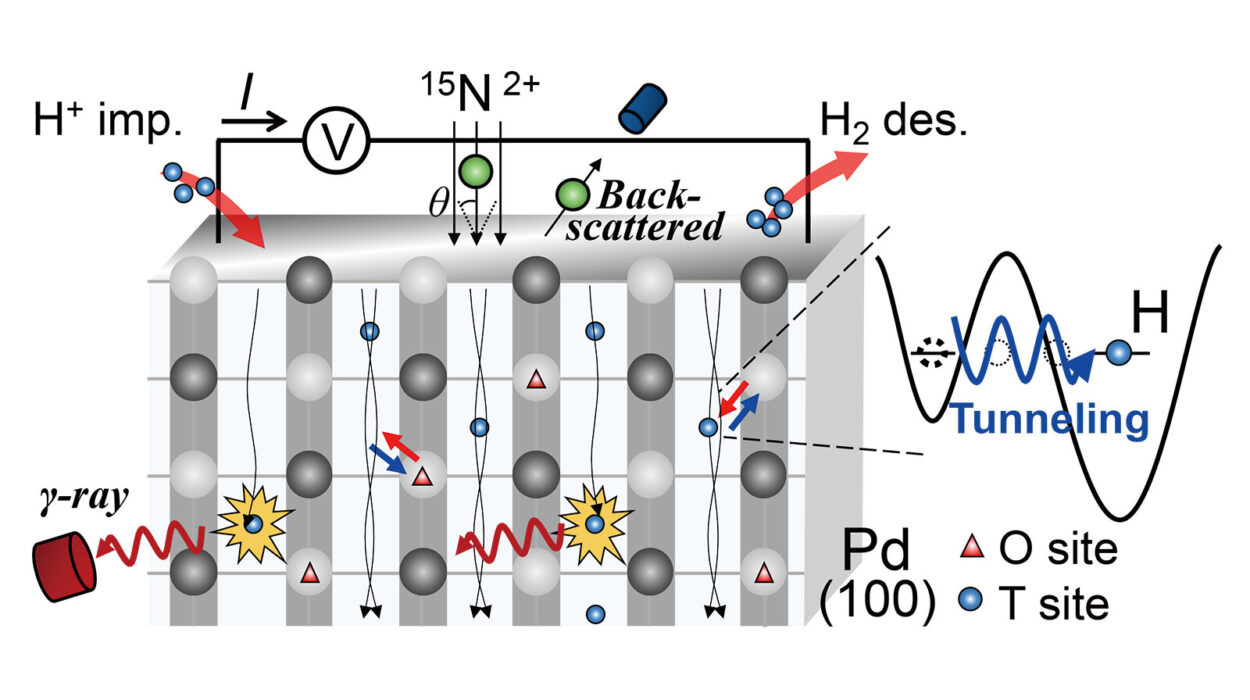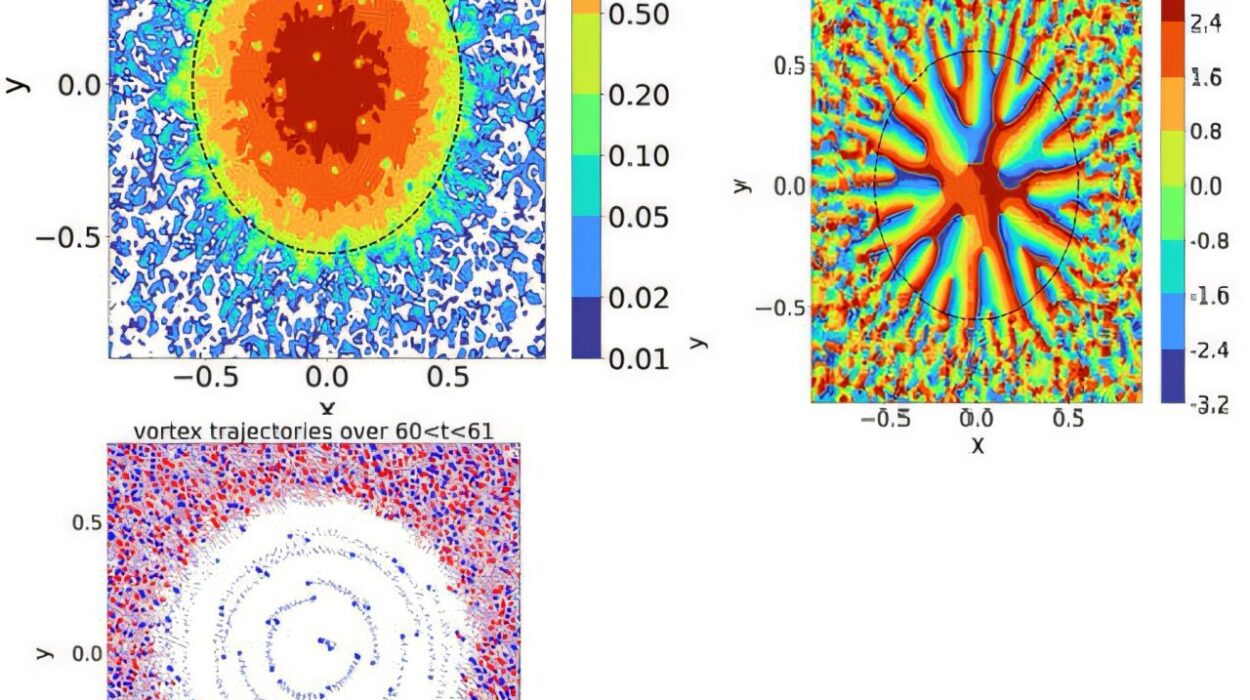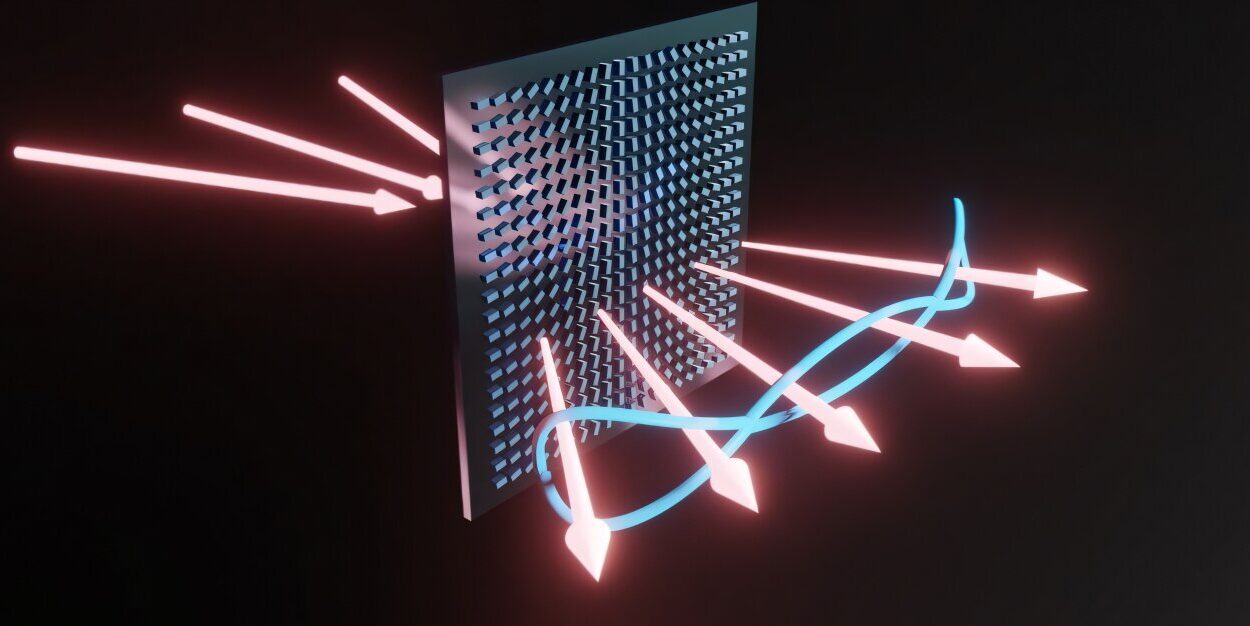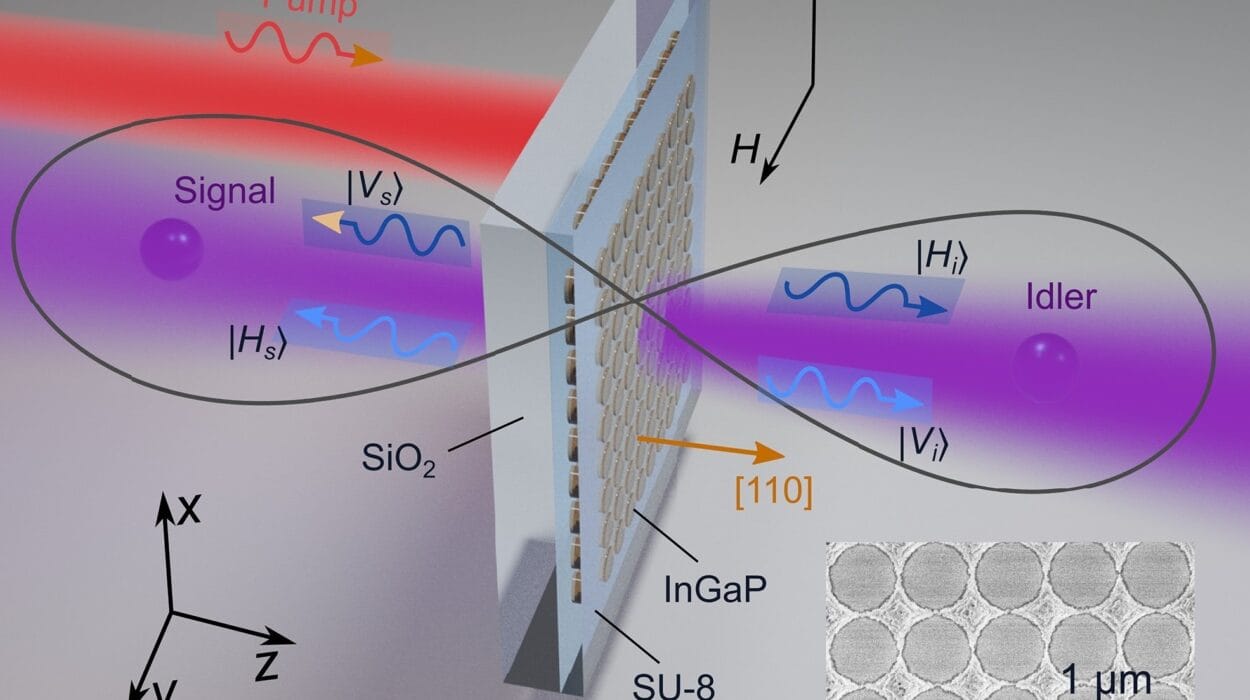Light has always fascinated humanity. It reveals the world around us, yet its true nature remains elusive. Beneath the glow of a lamp or the gleam of a laser lies an invisible universe where photons—tiny particles of light—dance in intricate, almost poetic motion. In this realm, scientists are learning to shape, trap, and bend light in ways that once seemed impossible.
At the forefront of this exploration are microscopic structures known as microcavities. These tiny resonators, often no wider than a human hair, have become silent architects of modern technology. They underpin everything from ultra-precise sensors and micro-lasers to components in quantum computing and telecommunications. But what makes them truly extraordinary is their ability to confine light—to make it circle endlessly within their walls, as if caught in an eternal loop.
The Secret Life of Microcavities
Imagine shouting into a perfectly round cave and hearing your voice echo back, smooth and clear. That’s how light behaves inside a flawless microcavity. The photons race around its curved interior, reflecting along smooth circular paths known as “whispering gallery modes,” named after the acoustics in St. Paul’s Cathedral in London. Within these paths, light can circulate millions of times, building up intensity, coherence, and beauty.
However, nature rarely offers perfection. A slight dent, a subtle asymmetry—just enough to disturb the symmetry—and the magic begins to twist. The once graceful motion of photons becomes chaotic. They scatter unpredictably, bouncing in erratic, complex trajectories. What was once calm turns turbulent, and yet, within this chaos, new and remarkable behaviors emerge.
When Symmetry Breaks, Creativity Begins
For decades, physicists have known that chaos, rather than being destructive, can unlock unexpected forms of order. In microcavities, this is no exception. When their shape is slightly deformed—stretched, squeezed, or twisted—light begins to behave in astonishing ways.
One of the most surprising effects is unidirectional emission, where light inside the microcavity escapes in a single, powerful beam instead of radiating in all directions. This property could revolutionize laser design, enabling smaller, more efficient devices. Other effects include enhanced light–matter interactions, where photons interact more strongly with the material they’re trapped in, amplifying signals that could be used for ultrasensitive detection of chemicals, biomolecules, or even single atoms.
These chaotic dynamics are not random nonsense—they are the fingerprints of deep physical principles. Beneath the turbulence lies a hidden structure, one that physicists have long tried to understand.
The Challenge of Seeing the Invisible
For years, most studies of chaotic light behavior focused on two-dimensional (2D) microcavities—flat, disk-like structures whose geometry could be easily seen under a microscope. These were practical and informative, but they only told part of the story. Real-world microcavities are not flat. They exist in three dimensions, where deformations occur not just in one plane, but in every direction at once.
Understanding how light behaves inside these 3D shapes is like trying to trace the flight path of a firefly inside a crystal sphere—without breaking the sphere open. Traditional imaging methods simply weren’t up to the task. The internal geometry of these tiny objects was too complex, too delicate to probe without damage.
A Breakthrough in 3D Vision
Now, a team of researchers has achieved what was once thought impossible. In a groundbreaking study published in Advanced Photonics Nexus, scientists used X-ray microcomputed tomography (µCT)—a technique familiar in medical and materials imaging—to peer inside a 3D microcavity without harming it.

They scanned a slightly deformed silica microsphere, a tiny glass-like bead, and reconstructed its full three-dimensional shape with astonishing precision—down to less than a millionth of a meter. This virtual replica allowed them to simulate how light behaves within the distorted structure.
What they discovered confirmed a long-standing theoretical prediction: in three-dimensional microcavities, light doesn’t just bounce chaotically—it diffuses through the entire volume of the structure in a process called Arnold diffusion. This phenomenon, named after mathematician Vladimir Arnold, describes how motion in a chaotic system can gradually spread across different regions of space, linking seemingly separate paths into one unified dynamic.
When Light Learns to Wander
Arnold diffusion isn’t random wandering—it’s a kind of structured chaos. It means that photons inside a deformed 3D cavity can explore every corner of the resonator, moving in intricate, interwoven trajectories. Instead of being trapped in limited circular orbits, they roam freely, like explorers charting a new world.
This discovery opens up profound implications. It suggests that by carefully designing 3D shapes, scientists can control how light diffuses, interacts, and escapes. In essence, geometry becomes a tool for tuning the behavior of light itself—a concept that merges art, mathematics, and physics into one breathtaking vision.
The Scientist Behind the Discovery
Professor Síle Nic Chormaic, who leads the Light-Matter Interactions for Quantum Technologies Unit at the Okinawa Institute of Science and Technology Graduate University, is one of the minds behind this study. Her words capture both the excitement and the potential of this achievement:
“This work opens a new window for exploring 3D wave chaos, nonlinear optics, and quantum photonics. Beyond fundamental studies, the approach could inspire new designs for high-sensitivity sensors, broadband microlasers, and complex optical networks that harness chaotic dynamics for enhanced performance.”
What she and her team have demonstrated is not just a technical feat—it’s a philosophical one. They have shown that by embracing imperfection, by exploring chaos instead of avoiding it, we can uncover new forms of beauty and order in the universe.
The Marriage of Chaos and Technology
The implications of understanding 3D chaotic microcavities stretch across science and engineering. In laser technology, these discoveries could lead to smaller, more efficient light sources that emit in specific, controlled directions—ideal for optical communications and compact devices.
In sensing applications, chaotic light behavior could amplify faint signals, allowing devices to detect tiny changes in temperature, pressure, or chemical composition with unprecedented accuracy. In quantum technologies, where controlling light at the smallest scales is essential, understanding how photons move in chaotic environments could enable the design of better quantum resonators and photon sources.
Beyond applications, this research represents a profound leap in how we perceive light itself. No longer a passive tool, light becomes an active participant—a traveler through a complex landscape shaped by geometry and chaos.
A New Lens on the Universe
At its core, this study reminds us that the universe thrives on imperfection. A perfectly symmetrical world might be elegant, but it would also be static and dull. It is asymmetry that gives rise to motion, to diversity, to life itself. In physics, as in art, the most captivating forms emerge when order and disorder intertwine.
By finding ways to map and understand chaotic light inside 3D microcavities, scientists are peeling back yet another layer of the cosmos’ intricate design. They are proving that even in turbulence, there is pattern; even in randomness, there is meaning.
The Journey Ahead
This is just the beginning. The techniques pioneered in this study could be expanded to explore other microscopic systems—perhaps biological cells, nanophotonic circuits, or quantum materials where light and matter entwine in even stranger ways.
The dream is not just to observe chaos, but to use it—to build devices that exploit unpredictable behavior for stability, flexibility, and efficiency. The same chaotic patterns that once seemed obstacles may soon become tools for innovation.
The Light Within Chaos
In the end, what this story reveals is a truth both scientific and poetic: light, like life, finds its way even through disorder. It bends, scatters, and wanders—but in doing so, it discovers new paths and new possibilities.
Microcavities may be small, but within their shimmering walls lies a microcosm of the universe’s grand design—a world where symmetry breaks, chaos blooms, and from that chaos emerges creation. Through the lens of physics and imagination, we are beginning to see that even in the smallest corners of reality, the universe is busy composing its most intricate symphony—one photon at a time.
More information: Ke Tian et al, X-ray microcomputed tomography of 3D chaotic microcavities, Advanced Photonics Nexus (2025). DOI: 10.1117/1.apn.4.6.066006






